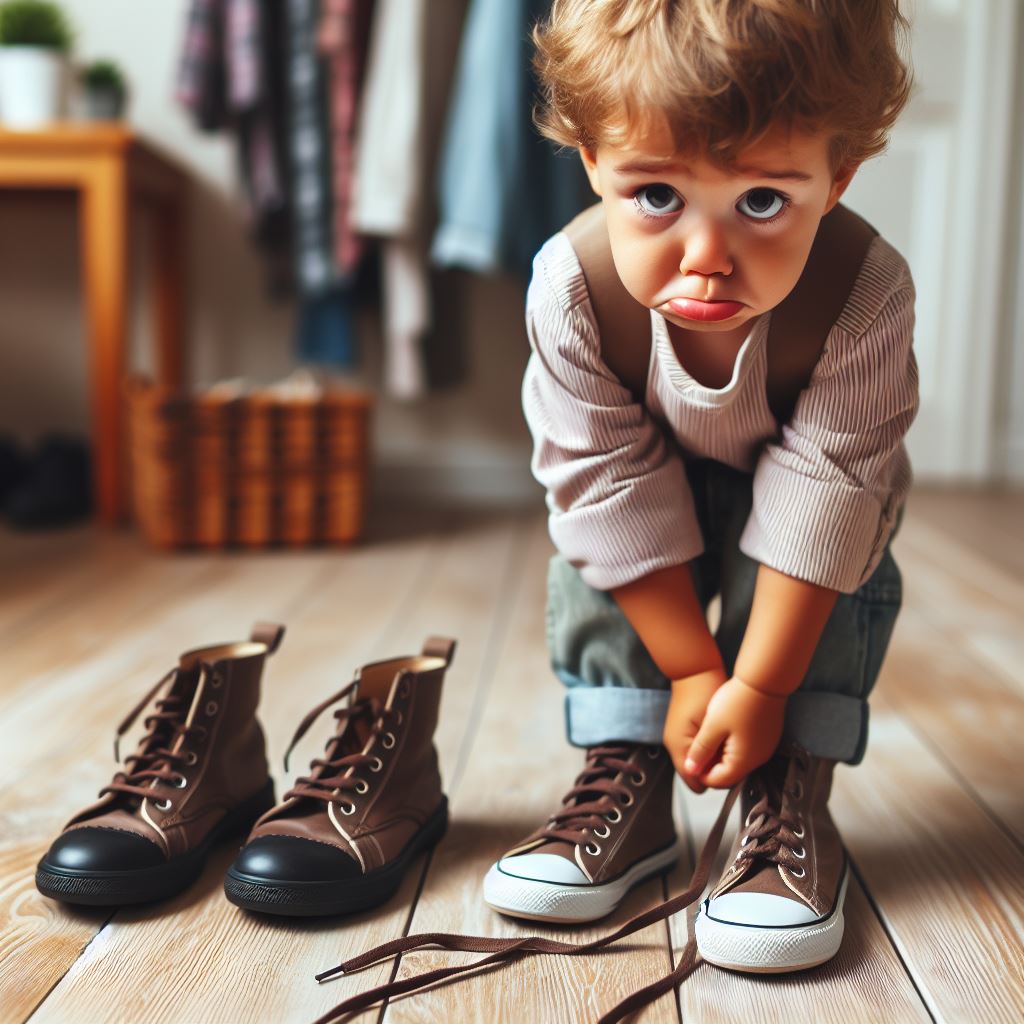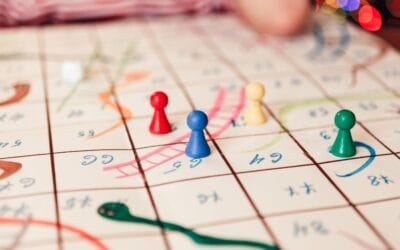We’ve all been there — that friend who can’t seem to do anything without blowing up your phone by messaging you 1,000 times asking for help.
Or that co-worker who always needs you to hold their hand through the most basic tasks (even the ones your already shown them several times).
But these people aren’t stupid.
In fact, many of them are perfectly intelligent.
So, what gives?

The problem is learned helplessness, a term derived from a theory first created in the 1960s by psychologist Martin Seligman and Steven Maier through their infamous experiment on dogs.
Seligman found that after being subjected to inescapable electric shocks, the dogs eventually stopped trying to escape, even when opportunities to do so became available.
They had learned to be helpless.
The same insidious mindset occurs in humans too.
Learned Helplessness In Humans
Before we get going properly, here’s the definition of ‘learned helplessness’ from the Cambridge Dictionary:

Fair enough.
Learned helplessness manifests in various ways, but it essentially involves someone constantly relying on others to do stuff for them, rather than figuring it out themselves.
It often stems from past experiences where they felt a lack of control over uncontrollable negative events.
However, to be absolutely blunt, it sometimes just stems from people simply not wanting to do things for themselves because it requires too much effort.
Handholding a helpless learner is an easy option in the SHORT-TERM, but eventually the feeling of helplessness seeps into so many aspects of their life that it beats down their self-efficacy and self-esteem, leading to depression and anxiety.
After all, the more helpless people become, the more they feel that their life is beyond their control, and the less they are able to function independently in the world — and that’s a major issue, especially if you’re an adult.
But it’s not ALL their fault. . .
Consequences
Learned helplessness is always a team effort.
Sometimes it actually OUR actions lead to learned helplessness, or at least reinforce it.
Think about it: Little Timmy can’t figure out how to tie his shoelaces, so mom does it for him every morning for years.
Fast forward 20 years and you’ve got a grown man who still can’t do something as basic as tie his shoes without his girlfriend’s help!
His mom’s “solution” only reinforced his helpless behavior.
The same principle applies in schools — we see it all the time in classrooms.
Little kids learn that if they pester the teacher enough or wait long enough, they’ll come over and give them the answers or walk them through it step-by-step.
So, they don’t even TRY to work through the problems on their own because. . . well, why bother? Right?
There’s nothing wrong in scaffolding children’s learning — or adults’ learning for that matter — but simply doing EVERYTHING for people doesn’t help them in the long-run.
Instead, we create big babies who are completely incapable of doing anything independently.
It’s like Seligman’s and Maier’s experiment where the dogs that were first exposed to inescapable shocks later didn’t even try the lever that controlled the shock, even when it became available.
Have YOU ever been guilty of enabling this mindset in someone else?
I know I have with certain relationships, and in my own classrooms.
Let’s be honest: Sometimes it’s just a hell of a lot easier to do something FOR someone rather than spend your precious time and energy getting them to do it themselves. . .
Overcoming Learned Helplessness

The solution?
As much as it sucks, you have to let them fail.
Let Timmy go to school with his shoes untied and suffer the embarrassment of the teacher calling him out.
Let your friend struggle through figuring out how to scan and email a document without handholding them.
Allow your teenager to fumble through doing their own laundry — give them the opportunity to parade around wearing shrunken clothes and looking like they raided a toddler’s overstuffed dress-up trunk until they finally succumb and consult those mystical hieroglyphics known as “laundry symbols.”
It WILL be painful at first.
They’ll complain and guilt trip you about not helping.
But in the long-run, you’ll be helping them break the seriously poisonous cycle of learned helplessness.
Learned Helplessness vs Learned Optimism
Instead of relying on you as a crutch, they’ll be forced to develop problem-solving skills and start taking responsibility for their own life.
By compassionately resisting the urge to enable their learned helplessness, you nurture the possibility for them to cultivate learned optimism — the empowering belief that their actions can improve their circumstances.
The truth is, playing the bad cop and dishing out tough love is going to be tough for both of you at first.
But remember: By forcing them to help themselves, you’re gifting them the invaluable skills of self-assurance, self-belief, resilience and grit to boldly confront life’s obstacles, rather than crumbling like a stale cookie under the slightest pressure.
THAT is what will ultimately help them fulfil their potential and in doing so finally be happy.
Because that’s all they really want.
And who knows, one day they may actually thank you for it.







0 Comments